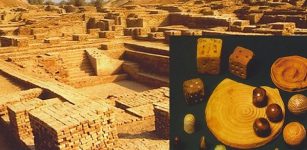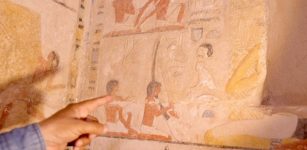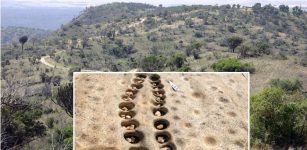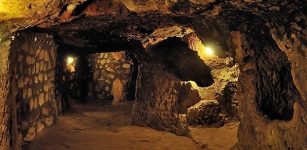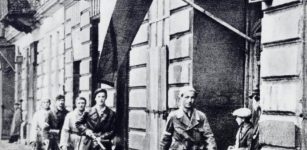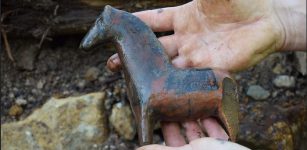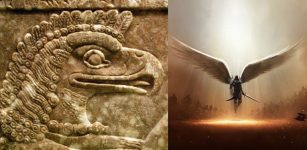Face Of Very Old “Vampire” Buried In Connecticut Reconstructed
Conny Waters - AncientPages.com - The belief in vampires is widespread and goes far back in time. Stories of vampires are today mostly encountered in books and movies, but ancient people were convinced these scary blood-sucking creatures did exist and they were extremely dangerous.
Accounts of vampires occur in mythology and folklore worldwide. Perhaps the most famous vampire is Bram Stoker's Dracula, whose renowned book has been made into a movie. "Dracula did, in fact, exist. However, he was not a bloodthirsty vampire but a Prince in Wallachia, a part of present-day southern Romania.
A man’s remains were discovered in 1990 in Griswold, Conn.Parabon NanoLabs / SWNS
As previously discussed on AncientPages.com, "the first account of a real person being described as a vampire occurred in the region of Istria in modern Croatia in 1672.
Jure Grando of the village Khring near Tinjan was reported to be a vampire who caused panic among the villagers. Jure had died in 1656, but the villagers claimed he returned from the dead to drink human blood and sexually harass his widow. Legend tells Jure Grando Alilović or Giure Grando(1579–1656) rose from his grave every night for 16 years after his death. Every night he went to the village and terrorized horrified people. Jure knocked on a door, and on whichever door he knocked, someone from that house would die within the next few days. People tried anything to kill him, but it seemed impossible."
An interesting "vampire" grave was discovered in 1990 Griswold, Connecticut. The burial contained the remains of a man with his arms in an X shape were unearthed. This particular burial practice was believed to prevent blood-suckers from rising from the grave to feed upon the living.
Bioinformatic DNA analyses revealed the middle-aged man, John Barber, suffered from tuberculosis.
Symptoms of tuberculosis include sweating, losing weight, a swelling neck and coughing up blood — which may have led paranoid locals to suspect vampirism.
Parabon NanoLabs and the Armed Forces DNA Identification Laboratory released their findings at a recent conference in Washington DC, SWNS reported.
DNA analysis was used to determine the man is John Barber, who suffered from tuberculosis.TSgt Robert Trujillo/USAF/SWNS
"Not only did the lab work reveal his identity, but researchers were also able to use machine-learning models to digitally replicate Barber’s appearance.
Thom Shaw, a certified forensic artist at Parabon, reconstructed Barber’s face and predicted he had fair skin, brown eyes, brown or black hair and freckles.
A search of historical records yielded an obituary for another person buried in the cemetery that mentioned a man named John Barber, but no other records were found for him. DNA analysis found what researchers believe to be a third-degree, first-cousin relationship to Barber.
GEDmatch — an online service that compares DNA data files from testing companies — traced ancestors with the surname Barber living in New England in the 18th and 19th centuries, supporting the hypothesis that his identity was most likely John Barber," the New York Post reported.
“Tales of the undead consuming the blood of living beings have been around for centuries,” Parabon NanoLabs said in a statement to SWNS. “Before scientific and clinical knowledge were used to explain infectious diseases and medical disorders, communities hit with epidemics turned to folklore for explanations.”
He was found buried with his arms in an X shape across his chest.Parabon NanoLabs / SWNS
“They often blamed vampirism for the change in appearance, erratic behavior and deaths of their friends and family who actually suffered from conditions such as porphyria, pellagra, rabies and tuberculosis,” the statement continued.
See also: More Archaeology News
“It is speculated that he [John Barber] was later disinterred and reburied because his limbs had been placed atop his chest in an X in a skull-and-crossbones configuration — a burial practice used to prevent purported vampires from rising from the grave to feed upon the living.”
Written by Conny Waters - AncientPages.com Staff Writer






